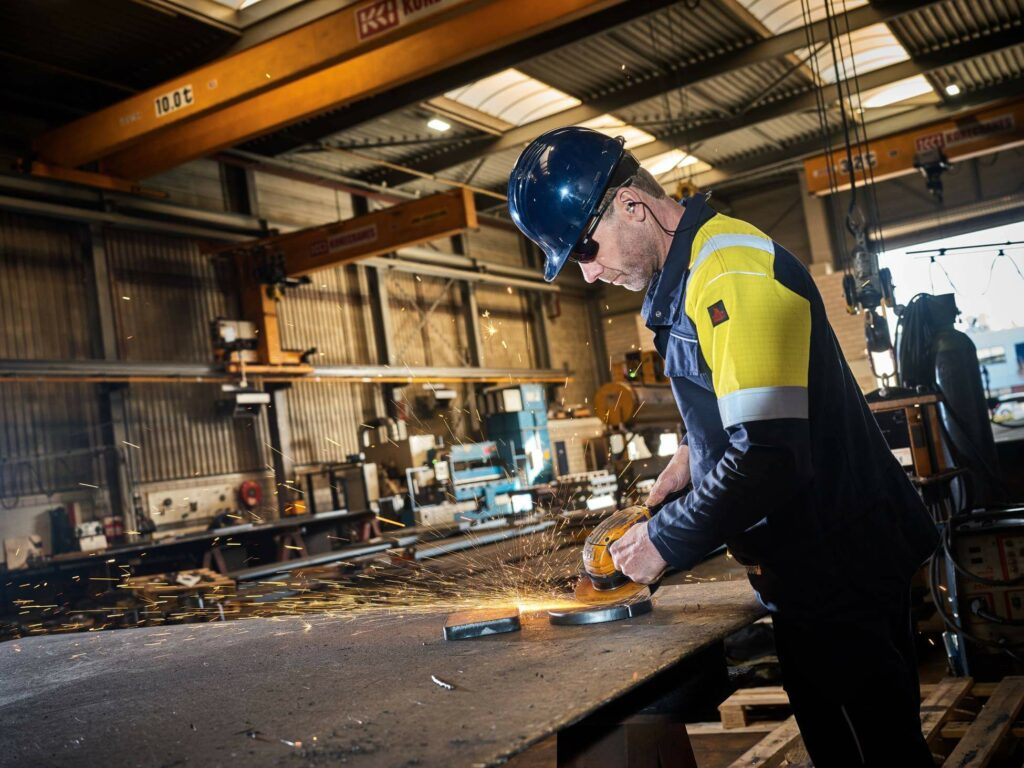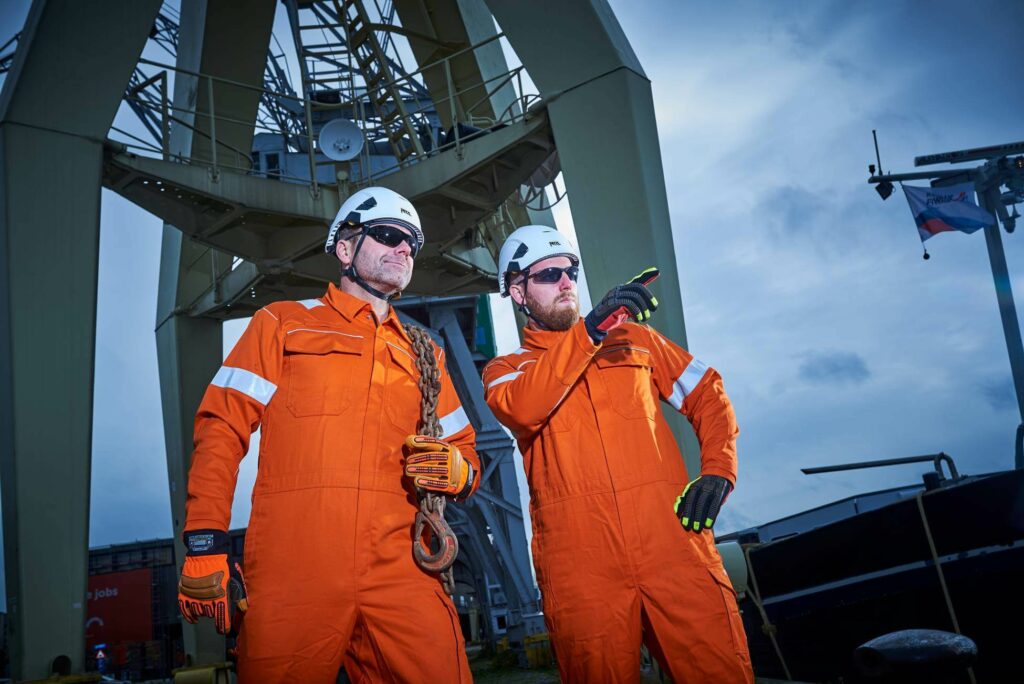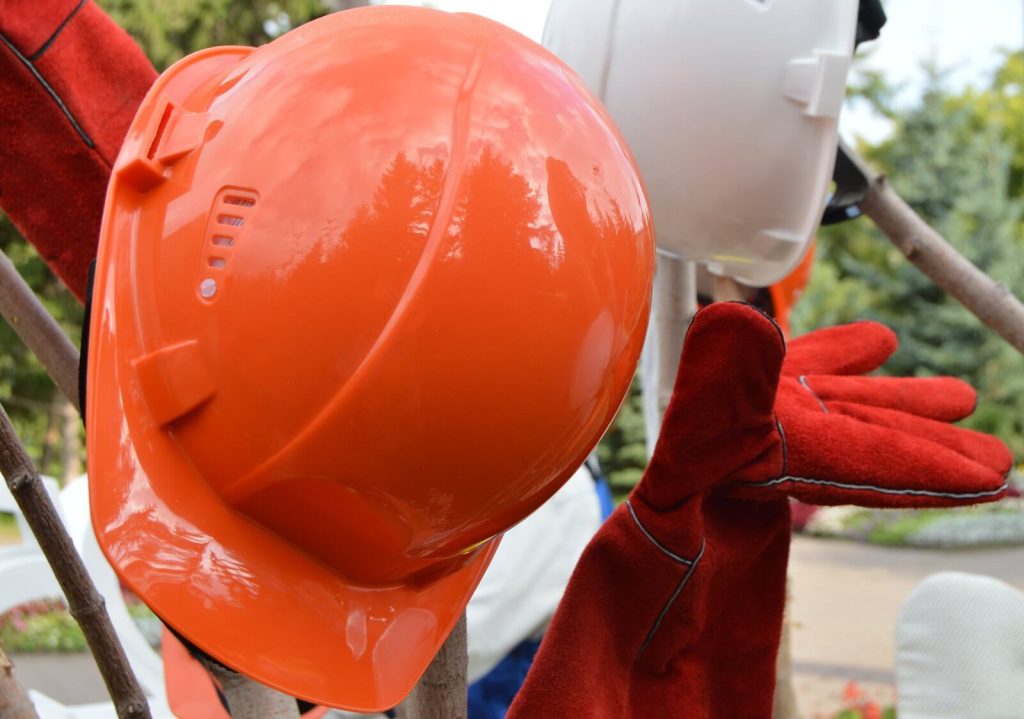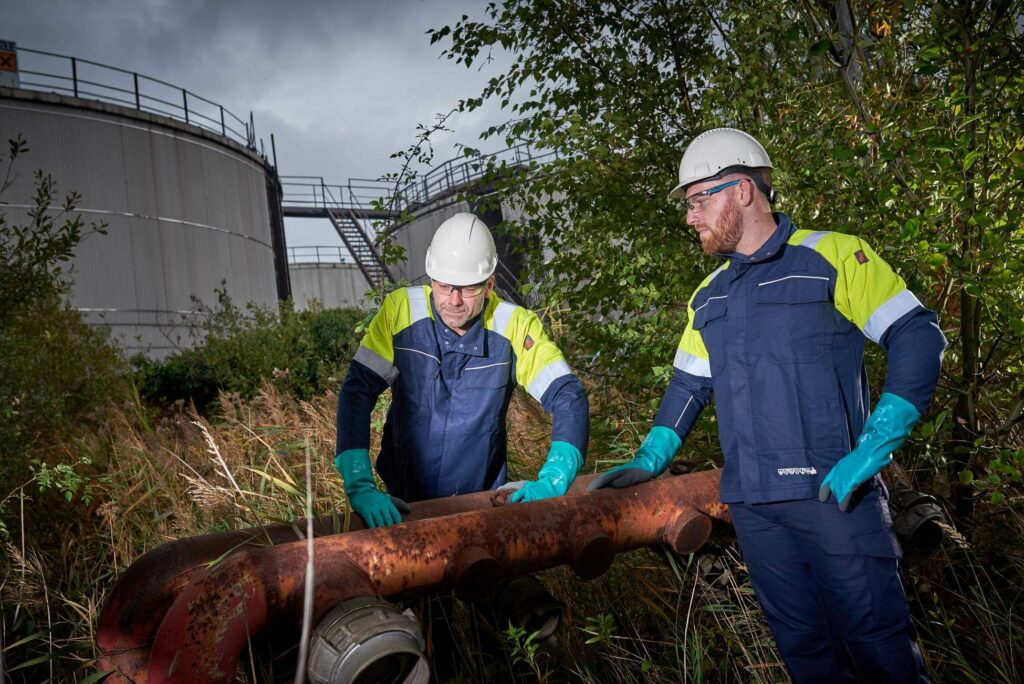Will a safety helmet be compulsory in 2024?
What do the applicable laws and regulations say?
The safety helmet is an important piece of PPE (personal protective equipment) for workers in different industries; from construction workers to electricians, the safety helmet protects the wearer from injury to the head. But is a safety helmet mandatory?
The answer is not easy to answer with a yes or no. Because it depends on the situation the worker is in. However, there are many situations where wearing a safety helmet is mandatory.
For example, in construction, wearing a safety helmet is mandatory on the construction site, because there are many risks of injuries from falling objects.
There are also situations where wearing a safety helmet is not mandatory, but is highly recommended.
For example, in the woodworking industry, where sawing machines are used. Although wearing a safety helmet is not strictly mandatory here, wearing it can prevent head injuries.
Laws and regulations
It is important to note that there are laws and regulations that make the wearing of safety helmets mandatory in under specific circumstances. Employers, according to the Occupational Health and Safety Act obliged to provide a safe working environment.
Within that obligation, they should provide appropriate PPE, such as a safety helmet, if needed. The safety helmet is mandatory in situations where there is a risk of injury to the head. Workers are obliged to wear the protective equipment required by their employer.
However, we cannot mention it often enough; even if wearing a safety helmet is not mandatory, it is still important to wear it to protect against any accidents. Head injuries can have a huge impact and can even be life-threatening.
Safety standards
The main standard for safety helmets in the Netherlands is the European standard EN 397. This standard provides a minimum requirement in terms of safety, performance, test methods and brand information of the safety helmet.
Safety helmets complying with this standard must have a CE marking. This standard applies to industrial safety helmets, which are used in situations where there is a risk of injury from falling or falling objects.
The EN 397 standard thus provides a safety guarantee of the construction helmet and sets minimum requirements for its safety and performance. Employers are obliged to provide helmets that comply with the EN 397 standard with a CE mark.
The standards of EN 397 should be used as minimum should be considered. In situations where there is a greater risk of head injury, such as when working at height or with heavy machinery, employers may choose to use helmets that meet stricter requirements than the standard requires.

When is a safety helmet due for replacement?
A construction helmet or safety helmet should be replaced when it is damaged is, or when there is are indications of wear.
For example, when there are visible tears, cracks present or when helmet distorts is. Also, if the inner lining of the helmet is damaged, the helmet should be replaced.
In addition, it is also the age of the helmet an important factor. The performance of the helmet may decrease over time, even if the helmet is not damaged.
Most manufacturers state that a helmet should be used after about 5 years should be replaced. This timeframe may vary depending on the specific helmet and the conditions in which it is used.
It is advisable to regularly check the helmets inspect at damage or wear and tear, and of course replace them when necessary. This ensures that the helmets are always in good condition and optimally protect the wearer from injury.

Advice on when a safety helmet is mandatory?
Uncertain whether or not a safety helmet is mandatory in your employees' situation? Or would you like to know more about which type of helmet is most suitable for the situation your employees are working in? Get in touch with one of our advisers. They will be happy to tell you more about the laws and regulations and whether the use of a safety helmet is mandatory at your workplace.
You can contact us on 0184 43 44 55 or info@veiliggoed.nl. Or fill in the contact form on our contact page.
Wijngaarden VeiligGoed; supplier of PPE
Based in Sliedrecht (South Holland), Wijngaarden VeiligGoed has been a leading name in the world of PPE for more than 50 years. We helped thousands of customers in the Netherlands, but also abroad, to select and supply the best protective equipment for the workplace.
Frequently asked questions safety helmet obligation
Is a safety helmet mandatory?
It depends on the situation. In some industries and on construction sites, it is mandatory, while in others it is recommended for extra safety.
What does the Occupational Health and Safety Act say about safety helmets?
Under the Occupational Health and Safety Act, employers are obliged to provide a safe working environment, including appropriate personal protective equipment such as safety helmets, if required.
What standards apply to safety helmets?
In the Netherlands, European standard EN 397 applies. This sets minimum requirements for the safety and performance of safety helmets. Helmets must have a CE marking.
When should a safety helmet be replaced?
Replacement is necessary when there is visible damage, wear or deformation. It is also recommended to replace a helmet after about 5 years, depending on the manufacturer and conditions of use.
Where can I get advice on using safety helmets?
For specific advice on the obligation and suitability of safety helmets in your situation, contact VeiligGoed's advisers.


Our advisors are happy to help you or make an appointment if you wish.
Phone: +31 184 434 455
Mail: info@veiliggoed.nl
